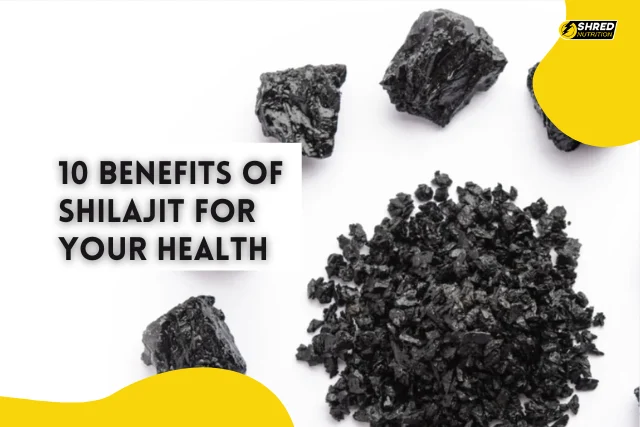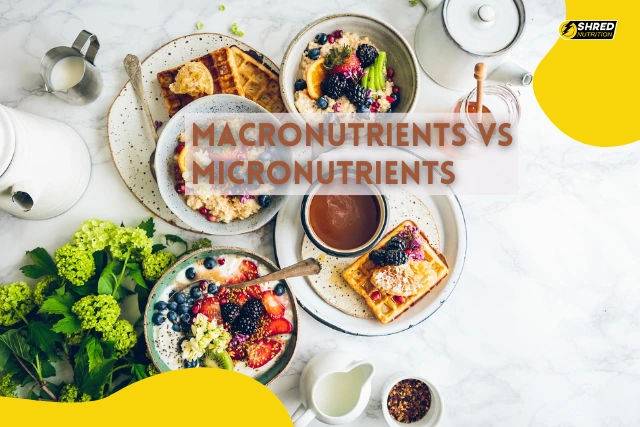What is Biotin? The Essential Vitamin for Healthy Hair, Skin, and Nails
Biotin, also known as Vitamin B7, has gained massive popularity in the world of beauty and wellness. Often called the “beauty vitamin,” biotin is widely praised for its role in promoting stronger hair, glowing skin, and healthier nails. But beyond its beauty benefits, biotin is an essential nutrient that supports energy production and overall metabolic […]





















